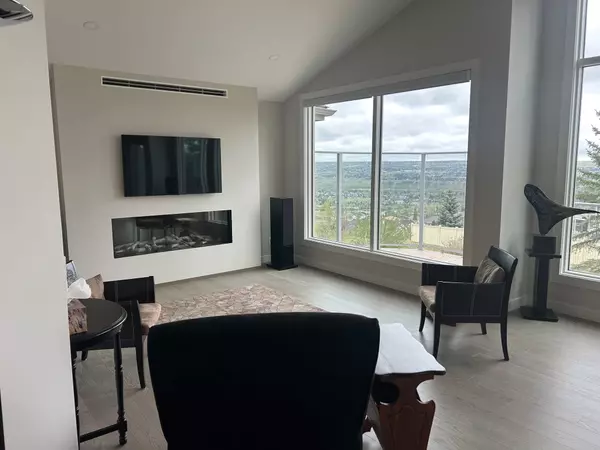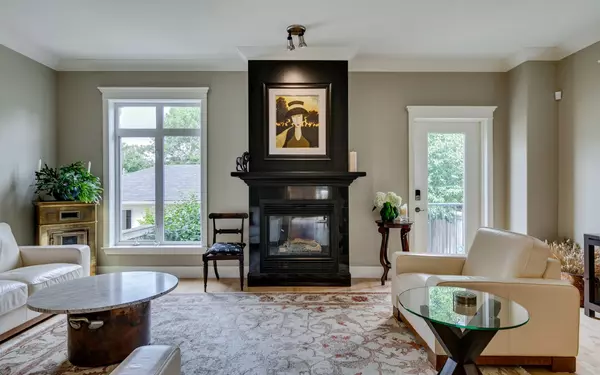Canadian Home Decor Trends Since 1900 (And Why They Still Matter When You’re Buying or Selling)
Design trends come and go, but they always leave a mark on our homes. Whether you're walking into a cozy wartime bungalow, a mid-century split level, or a sleek modern condo, the style of a home often hints at its past—and helps shape how people feel in the space.
Here’s a quick look at how Canadian home decor has evolved over the past century, and why it still matters in real estate today.
1900s–1920s: Craftsman and Edwardian Charm
Homes were built to last, often with handcrafted details. Think dark wood trim, brick fireplaces, and built-ins. Decor was traditional—lots of wood, rich colours, and ornate lighting.
Why it matters: If you’re selling a character home from this era, buyers often love those original features. Highlight them. Don’t hide them under modern renovations. If you’re buying, look for homes that have preserved the charm andupdated the wiring.
1930s–1940s: The War Years
Function ruled during this time. Homes were simpler, smaller, and more practical. Floral wallpaper, linoleum floors, and compact layouts were common.
Why it matters: These homes can feel a bit dated today, but with a little vision, they’re a great blank slate. Staging with lighter colours and modern lighting can go a long way.
1950s–1960s: Mid-Century Mod
This era is having a big comeback. Clean lines, open spaces, big windows, and bold pops of colour—mid-century homes were all about new beginnings and optimism.
Why it matters: Mid-century homes are hot right now. If you’ve got one, lean into it. Show off those original hardwood floors and large windows. Buyers love the retro vibe when it's mixed with modern comfort.
1970s–1980s: Earth Tones and Shag Carpets
Open concept wasn’t really a thing yet, but you’d find sunken living rooms, wood paneling, and lots of browns, oranges, and greens. Plus, the rise of the rec room.
Why it matters: These homes often have great bones but might need cosmetic updates. For sellers: a small investment in paint and flooring pays off. For buyers: don’t overlook the potential under that shag.
1990s–2000s: Beige and Builder Grade
We entered the era of vaulted ceilings, laminate floors, and open kitchens. Colours leaned neutral, and layouts focused on family life.
Why it matters: A lot of Calgary homes fall into this category. They’re practical and still work for most buyers—but staging can help modernize the feel. Even swapping out light fixtures or hardware can make a difference.
2010s–Today: Bright, Minimal, and Open
White walls, quartz counters, matte black hardware, and open-concept everything. Today’s homes are all about clean lines, natural light, and versatile spaces.
Why it matters: Buyers expect this style, especially in new builds. If your home is older, some small updates (like painting or new tile) can help it compete. And if you’re buying, know that trends will shift again—so choose finishes you actually like.
So... Why Does Any of This Matter?
Because homes are emotional.
People walk in and immediately feel something—even if they don’t know why. The design of a space can sell a lifestyle. It can make a home feel fresh, nostalgic, cozy, or ready for change.
If you’re selling, understanding what your home represents—and staging it accordingly—can help you stand out and sell faster (and usually for more).
If you’re buying, recognizing past styles helps you see a home’s true potential.
Either way, a little design knowledge goes a long way in real estate.
Need help figuring out what your home says to buyers—or what you could do to help it shine?
That’s where we come in.
Let’s chat.
Categories
Recent Posts












